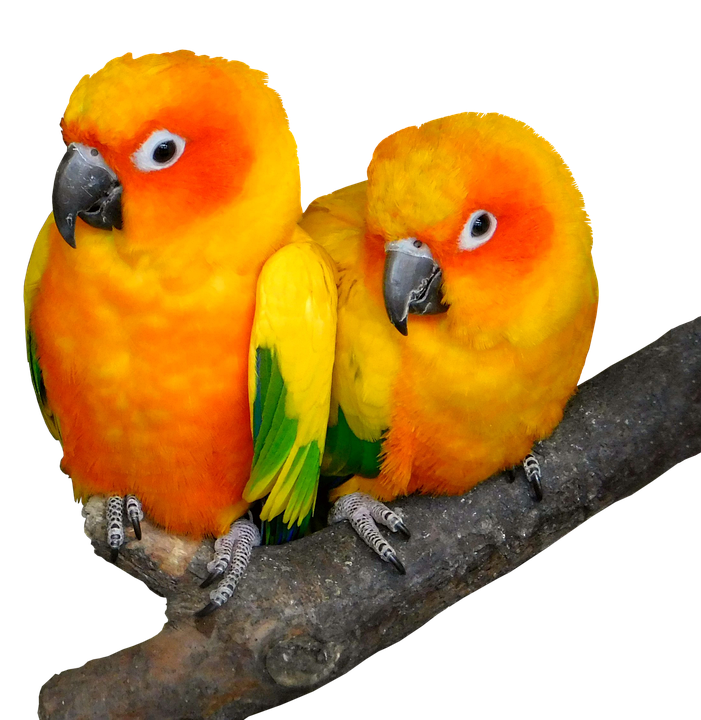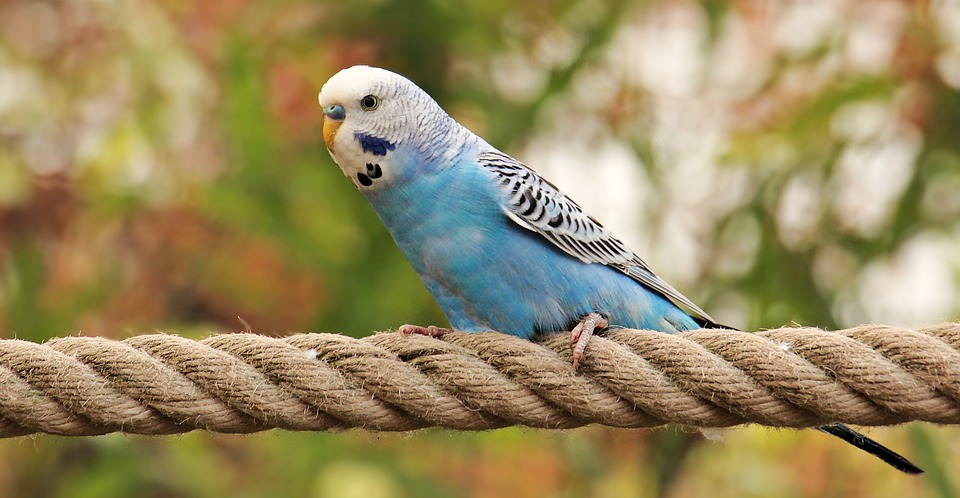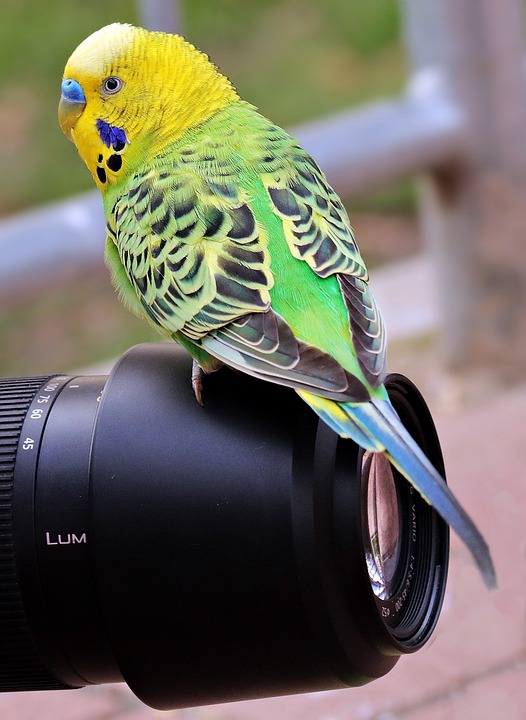Parrot training is an important part of keeping your pet parrot happy and well-behaved. However, some parrots may exhibit aggression towards training aids, making it difficult to train them effectively. In this article, we will explore how positive reinforcement can be used to address aggression towards training aids, ensuring a positive and successful training experience for both you and your parrot.
Before we dive into the training techniques, it’s important to understand why parrots may display aggression towards training aids. Parrots are highly intelligent creatures with strong personalities, and their reactions can vary depending on their individual history and experiences. Some common reasons for aggression towards training aids include fear or insecurity, possessiveness, and a lack of trust due to negative past experiences.
Positive reinforcement is a highly effective and humane training method that focuses on rewarding desired behaviors rather than punishing unwanted ones. By utilizing positive reinforcement techniques, you can help your parrot overcome aggression towards training aids and foster a trusting and cooperative relationship. Here are some steps to follow:
1. Gradual introduction: Start by introducing new training aids gradually. Allow your parrot to observe and familiarize themselves with the aid from a distance before bringing it closer. This will help alleviate any fear or insecurity associated with the new object.
2. Desensitization: Once your parrot is comfortable with the presence of the training aid, begin desensitizing them to it. This can be done by associating positive experiences with the aid, such as offering treats or praise whenever your parrot acknowledges or interacts with it without aggression.
3. Counter-conditioning: Pair the presence of the training aid with activities or behaviors that your parrot enjoys. For example, offer a favorite toy or treat near the training aid to create positive associations. Over time, your parrot will learn to associate the aid with positive experiences and reduce their aggression.
4. Patience and consistency: Training takes time and patience. Be consistent in your approach, providing positive reinforcement consistently whenever your parrot displays positive behaviors towards the training aid. Avoid using punishment or force, as it can exacerbate aggression and damage the trust between you and your parrot.
If your parrot continues to display aggression towards training aids despite using positive reinforcement, it is recommended to consult an avian behaviorist or a qualified parrot trainer. They can assess the situation and provide personalized guidance to address the specific needs of your parrot.
It’s important to note that negative reinforcement or punishment should not be used to address aggression towards training aids. These techniques can lead to increased aggression and fear in parrots. Positive reinforcement techniques are recommended as they promote a positive and trusting relationship with your parrot.
The time it takes for a parrot to overcome aggression towards training aids can vary depending on the individual bird and their previous experiences. Consistency, patience, and positive reinforcement will contribute to a successful training outcome.
Remember, each parrot is unique, and it’s essential to tailor your training approach to their specific needs. With positive reinforcement and patience, you can help your parrot overcome aggression towards training aids and create a harmonious training environment.









